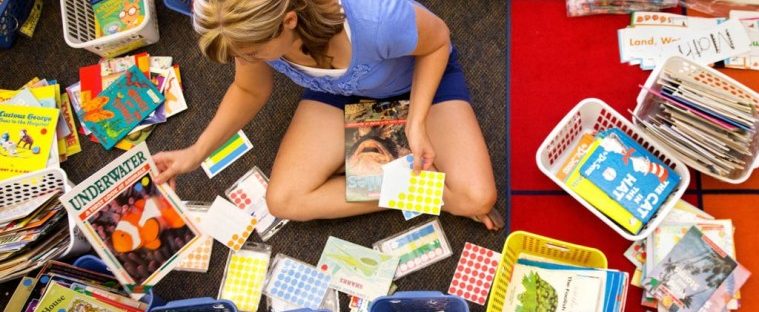Private-label offerings are playing an increasingly critical role in some of the country’s largest online marketplaces, with house brands now accounting for as much as 30% of all sales. This trend not only indicates changes in the way consumers shop, especially when searching by brand and price, but also presents a new challenge for online … Continue reading Private-label Products: Bringing Value to Our Nonprofit Partners
The Nonprofit Gap: How DollarDays Uses Data to Assist Partners
The term “big data” can be intimidating to nonprofits, many of which may not have the funds to staff a dedicated analytics team. Though it can be difficult for these charitable groups to obtain data, they remain passionate about their cause and how data can help their outreach efforts. “Big data” is described as large … Continue reading The Nonprofit Gap: How DollarDays Uses Data to Assist Partners
DollarDays’ Frank Albanese on Why He Loves His Customers
Frank Albanese After four years and 7,333 nonprofit partners served, Frank Albanese may have every right to feel that way. As DollarDays' longest-tenured National Account Manager, Frank is passionate about his clients. Every day, he comes in, sits at his desk, puts on his headset and begins helping his customers across the United States. Throughout the day, calls … Continue reading DollarDays’ Frank Albanese on Why He Loves His Customers
Picking the Perfect Backpack Size for Your Child
According to the U.S. Product Consumer Safety Commission, 5,062 children sought medical treatment for backpack injuries in 2017, including a number of injuries caused by bags exceeding 40 percent of a child's body weight. Still, parents can help their kids stay safe and comfortable with just a few precautions. Distribute Weight Evenly. Load heaviest items … Continue reading Picking the Perfect Backpack Size for Your Child
Teacher Spend Hundreds out of Pocket on School Supplies
Parents aren’t the only ones who spend big on back-to-school supplies. Thousands of teachers around the United States offset their school supply budgets by forking over close to $600 of their own money just for the most basic of supplies. Some of the most sought-after items include staples, copy paper, holiday decorations and colored pencils, … Continue reading Teacher Spend Hundreds out of Pocket on School Supplies
School Supply Costs Continue to Rise
From backpacks to binders, to USB drives and glue sticks, the rising cost of school supplies is putting a definite pinch on the average families’ budget. When families are simply unable to choose between the grocery bill and the school supply list, it's our children that suffer, often creating a class system in our public … Continue reading School Supply Costs Continue to Rise
Preparing Your Business for the Cold Weather Ahead
The weather has been turning quickly, as temperatures across the United States are plummeting. For businesses of all types and sizes, wintertime brings about a lot of changes to store policies, hours, maintenance and inventory. It’s good to begin prepping your business now so you’re fully prepared for all that winter brings. 1. Prepare Your … Continue reading Preparing Your Business for the Cold Weather Ahead
Random Acts of Kindness Define Who We Really Are
Watching the news, watching the divisiveness caused by the elections and watching interactions in our daily lives, we realize we are living in very scary times—[a]nd everything we see and experience is amplified in the eyes of our children. Children learn by watching adults. According to Love to Know, babies and toddlers learn by observing … Continue reading Random Acts of Kindness Define Who We Really Are
A Nation Built by Refugees
Today, the number of displaced people in the world is at its highest level ever, according to CNN. We have surpassed World War ll numbers, when the world was dealing with the most devastating event in history. [Approximately] 65.3 million people are away from their home today, [or] one out of every 113. [...] Anyone … Continue reading A Nation Built by Refugees
6 Strategies for Streamlining Your Workforce
Many business owners feel as though the workforce isn’t operating as efficiently as it should, yet are at a loss for how to improve productivity. Short of firing your staff and starting anew, what strategies are actually effective at boosting work performance and streamlining the workforce? Here are some simple and cost-effective ways to get … Continue reading 6 Strategies for Streamlining Your Workforce





